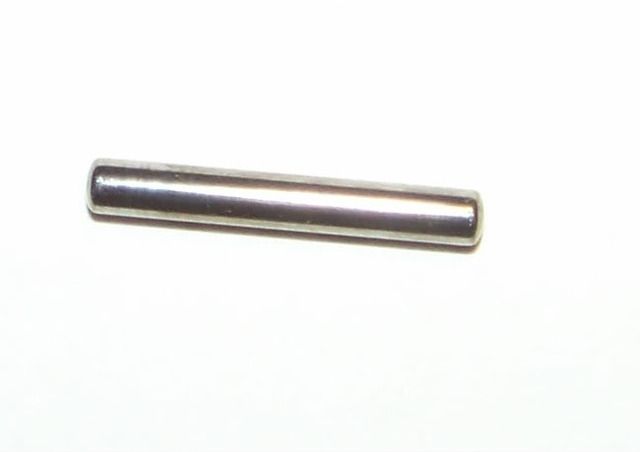Yes, pretty darned sure. The FSM calls for these bearings to be serviced and greased with lithium soap based grease. The junk I pulled out was definitely hardened grease, not a plastic bearing retainer or anything like that.Are you sure that stuff is not supposed to be semi-solid like that?Well, it was dandy for now... but the grease in my suspension pivots was not grease anymore. It had solidifed to a plastic like consistency, which didn't give me a wearm fuzzy feeling about how well it was lubricating those bearings. How much longer it would have remained dandy is the question. I don't feel that it was a waste of time to do.
Last edited by a moderator:





















































